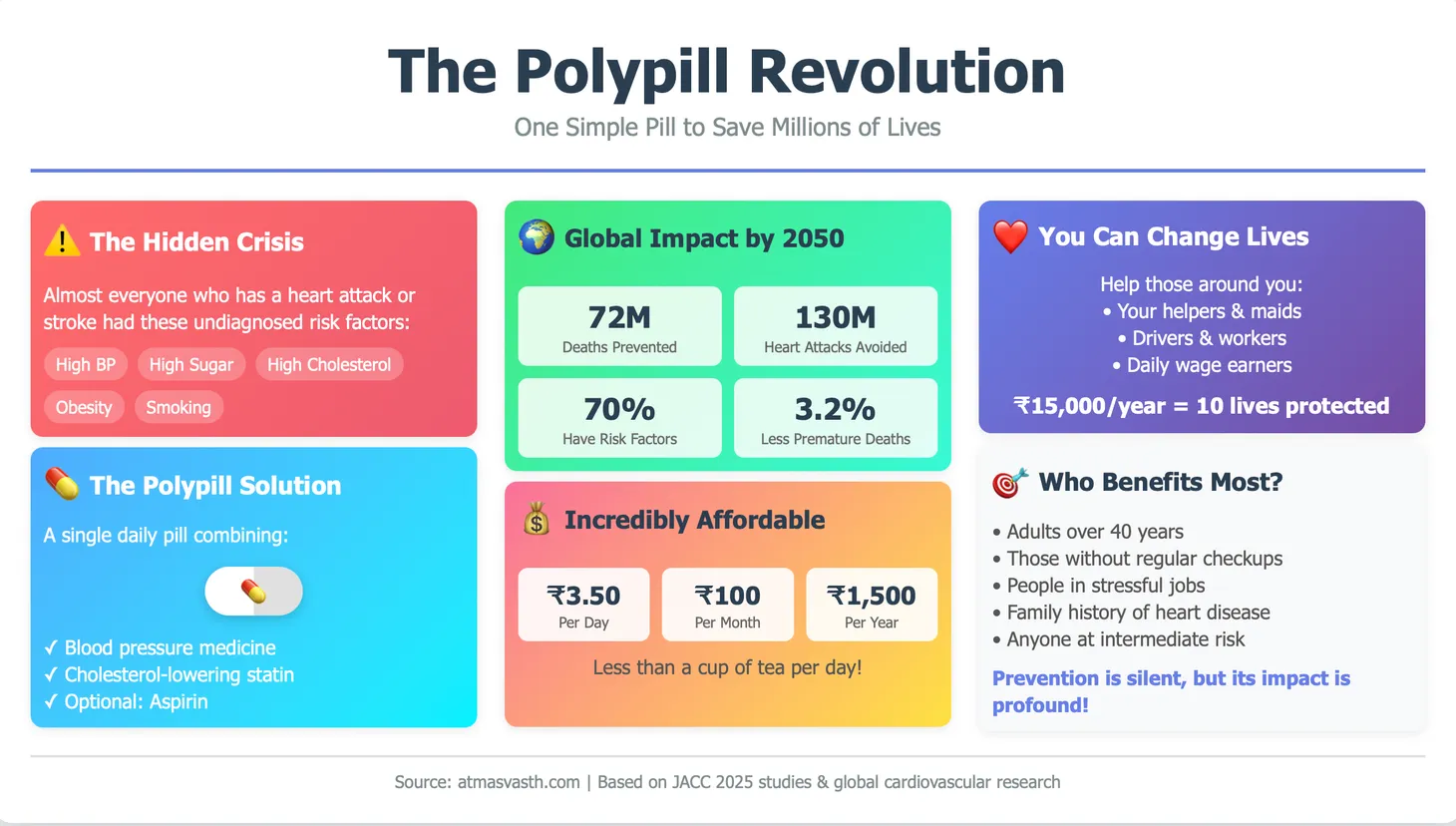Revisiting Cardiovascular Risk Assessment and QRISK3
An objective measurement of cardiovascular risk can help with better management of the risk factors to help reduce the risk of heart attacks and stroke.

The Book
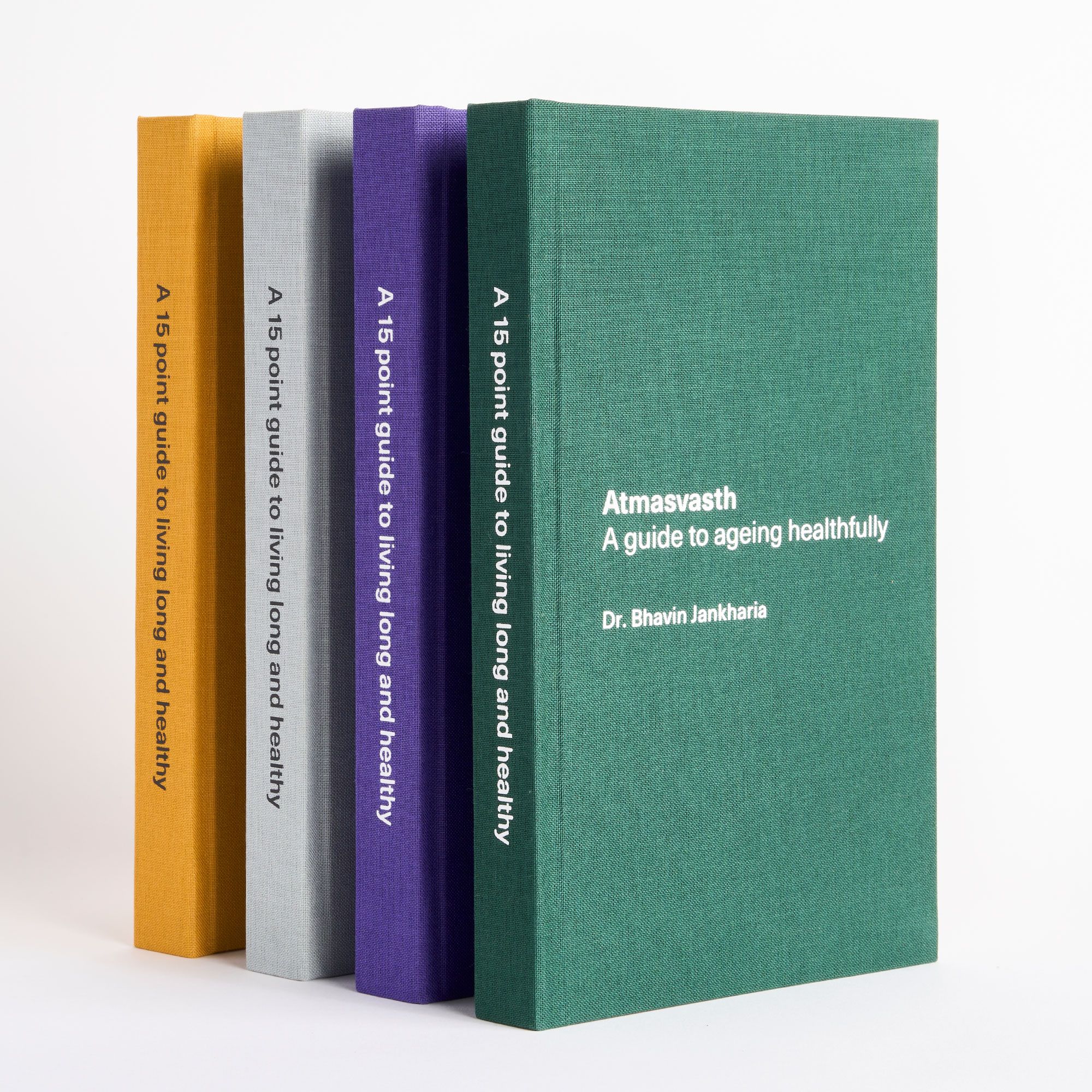
The Detailed 15-Point Guide to Live Long, Healthy
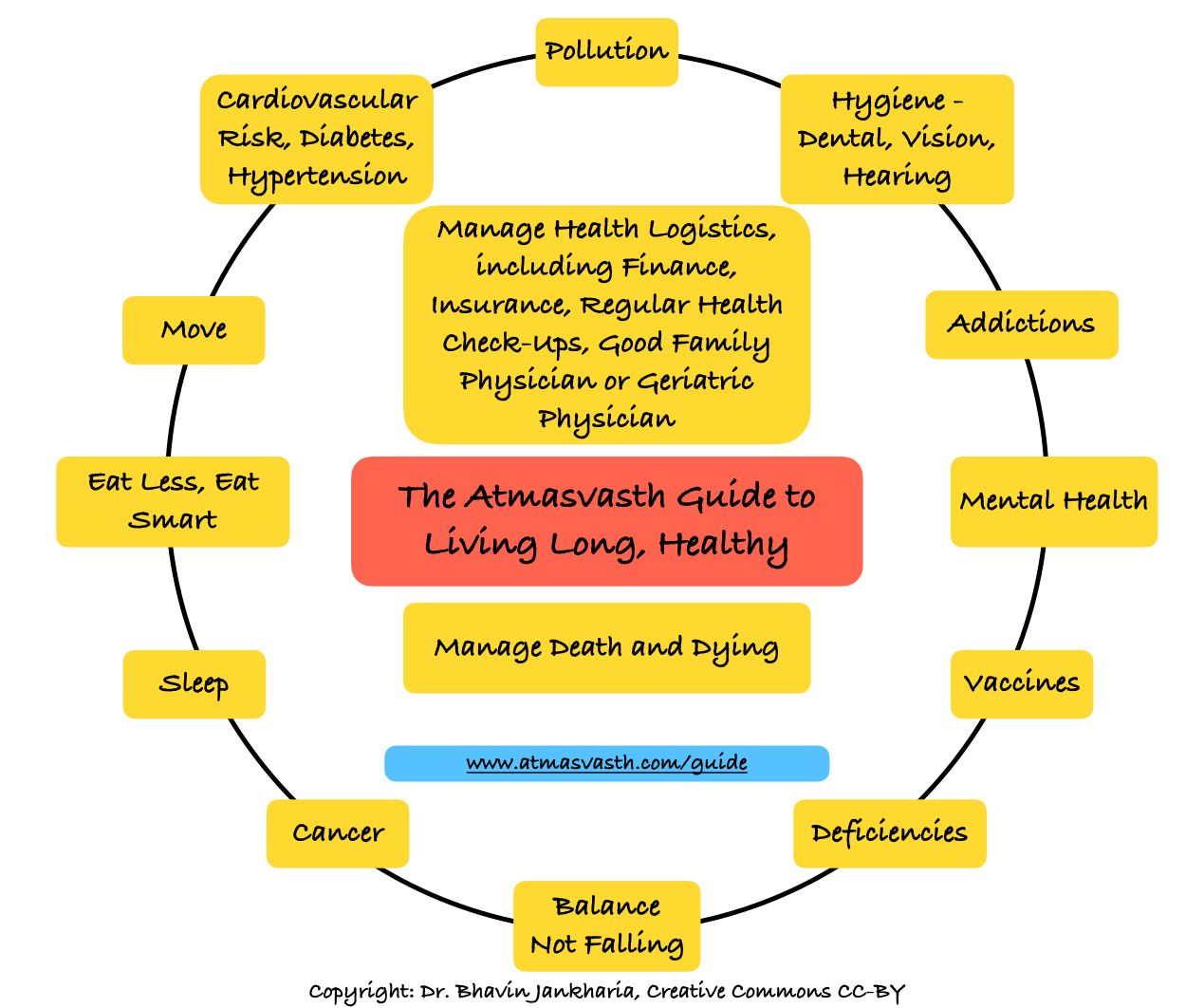
Audio
Soundcloud
YouTube
A YouTube version of the audio is also now available here.
Text
Estimating your own cardiovascular (CV) risk yourself, is part of our atmasvasth quest to live long, healthy. If we know what our 10-years risk of stroke and heart attack is, we may hopefully be motivated to initiate actions with the help of our doctors to reduce that risk. I addressed this recently in the Syndemic article…but having an objective score helps us make better decisions.
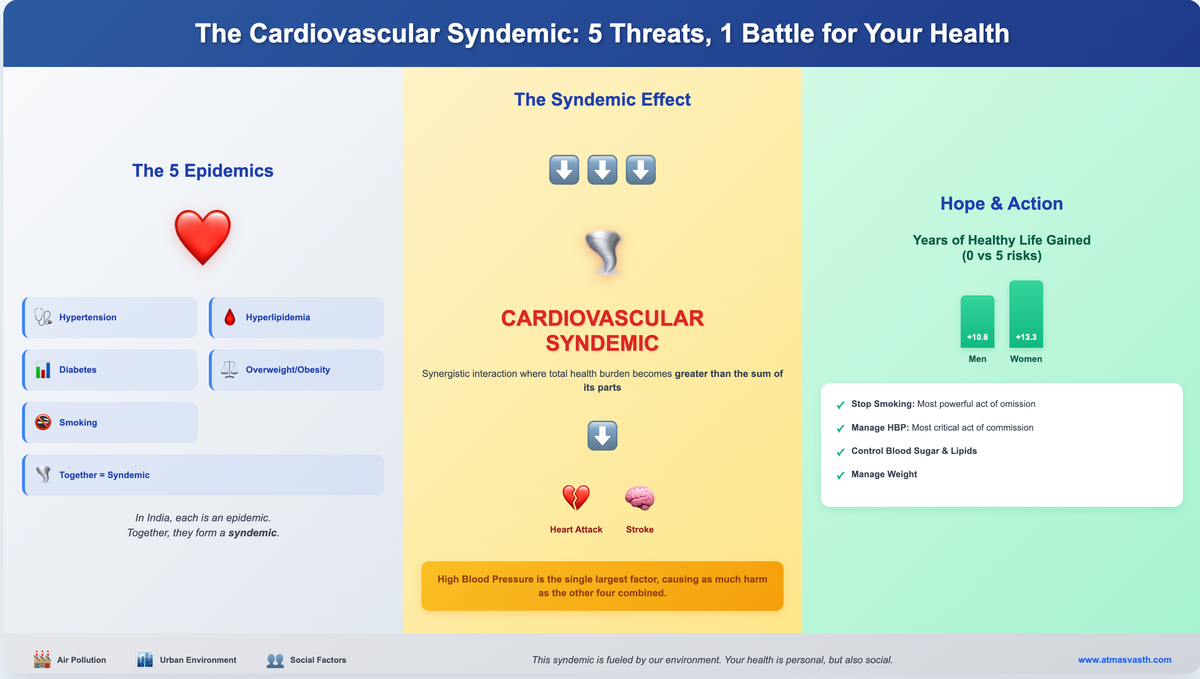
In the 15-Point Guide, this is listed under point 11.
11. Manage your cardiovascular risk yourself - quarterly, yearly
Check your QRisk3 score yourself - if the cardiovascular risk is found high, see your doctor. If normal or low, then repeat once a year.
I first addressed this in Jan 2021 and the conclusion then was that the QRISK3 score is perhaps best for Indians.
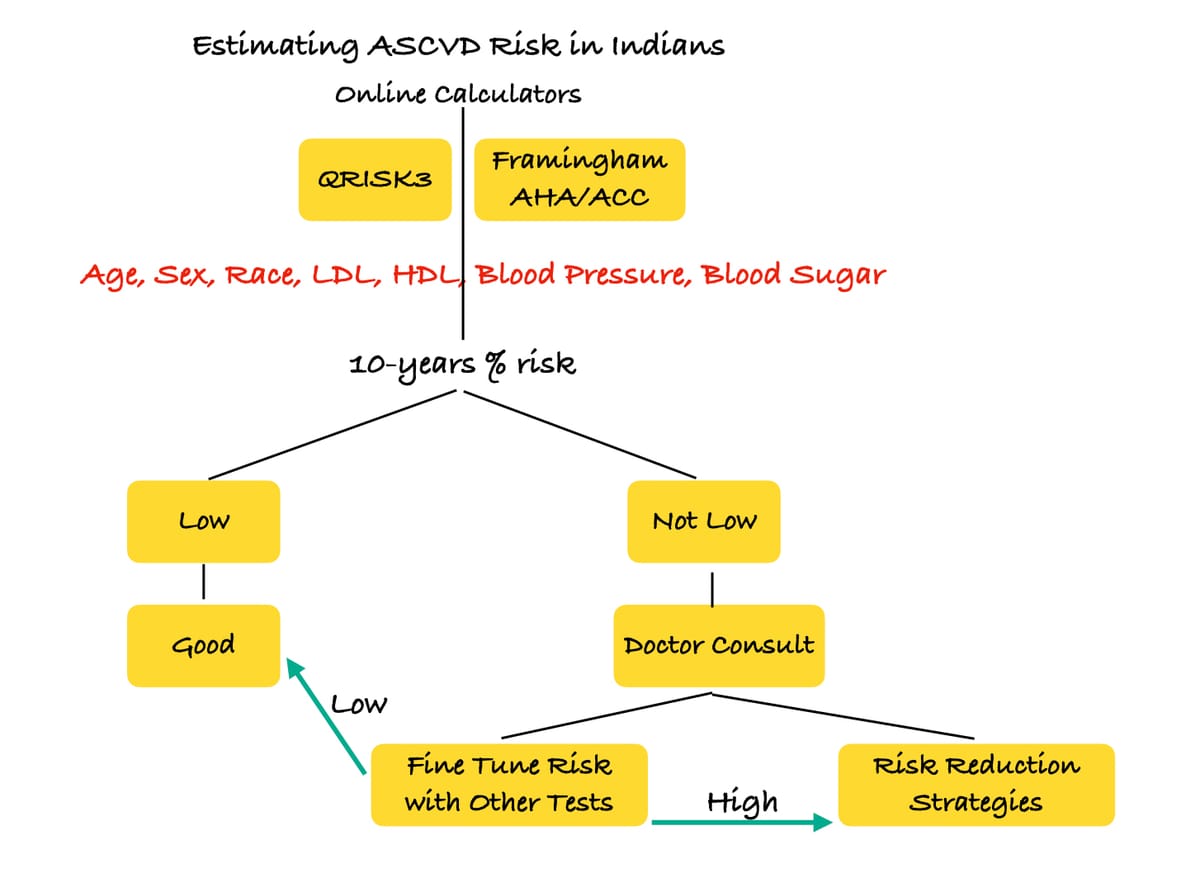
I followed this up in Jun 2021 with a piece that validated repeat assessments.
In the last 2 years, the PREVENT calculator has become popular for CV risk assessment. It is based on US data but includes renal function and focusses on the overall cardiometabolic profile and risk. A recent study has shown that the calculator works in multi-ethnic situations to some extent, though it is unclear whether it can be applied to Indians in India [1].
The QRISK3 is still the only calculator worldwide that has used data from Indians (in the UK) while creating the calculator. It also seems more comprehensive.
I re-enterd my data in PREVENT, the Pooled Cohort Equations (PCEs) and in QRISK3 to get a sense of my current overall CV risk. In the last 3 years, that risk has dropped, but there was a significant discrepancy in the risk assessment with PREVENT (lower) as compared to QRISK3 (higher). This may be because QRISK3 assigns a higher risk to Indians based on ethnicity? - The Extra "Indian" Cardiovascular Risk
I also checked for publications and updates on QRISK3 in Indians/India and except for one paper that used a combination of yoga and diet to reduce the QRISK3 score over 6 months in some of the participants [2] and another that used the calculator in Lucknow slum dwellers to identify “at risk” individuals [3], there is no other data.
What does this mean for you and I?
Please use the QRISK3 calculator as of now to estimate your CV risk. Do it today, if you haven’t done it as yet. If you’ve done it earlier, repeat it after 1 year.
If the absolute risk is > 20% or if the relative risk seems high, then please see your doctor to find out how best how to reduce the risk, which would a combination of blood pressure and lipid control, reduction of weight if necessary, stopping smoking and other similar measures, which we have already discussed multiple times and will keep doing so ad nauseum.
Having an objective number helps.
Footnotes
1. Mathew RO et al. Performance of the American Heart Association’s PREVENT risk score for cardiovascular risk prediction in a multiethnic population. Nat Med. 2025 Aug;31(8):2655–62.
2. Saboo N, Rao A, Kacker S. The Effect of a Yoga Lifestyle on QRISK3 Score Among Individuals at High Risk for Cardiovascular Disease. Int J Yoga Therap. 2024 Nov 1;34(2024):Article 16. doi: 10.17761/2024-D-23-00055.
3. Pandey D, et al. Cardiovascular disease risk estimation among slums residents of Lucknow using QRISK3 calculator. J Educ Health Promot. 2025 Apr 30;14:149. doi: 10.4103/jehp.jehp_711_24.
Atmasvasth Newsletter
Join the newsletter to receive the latest updates in your inbox.



